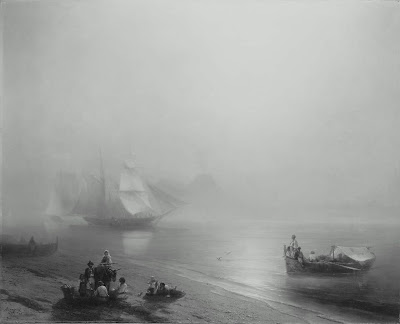1) Music is a language because people understand the emotions, the feelings on which the music is based on. We know when we should cry or laugh, to think or relax while listening a piece of music without any previous notice.
So in language we feel the same with a help of words, but in music we feel it with a help of notes, rhythm etc.
2) Pentatonic- is a musical scale with five notes per octave.
3) They are A, B, C, D, E, F, G, H
4)The number of notes are different in cultures. There are 13 notes in the western scale.
5)Pitch is a perceptual property that allows the ordering of sounds on a frequency-related scale. Pitches are compared as "higher" and "lower" in the sense associated with musical melodies, which require "sound whose frequency is clear and stable enough to be heard as not noise". Pitch is a major auditory attribute of musical tones, along with duration, loudness, and timbre. Высота звука.
6) An interval is a combination of two notes, or the ratio between their frequencies.
Semitone- is the smallest musical interval commonly used in Western tonal music, and it is considered the most dissonant when sounded harmonically.
Whole tone is a musical interval spanning two semitones.
7)The essence of the experiment is that the presenter gives unknown people beads with the numbers of notes. There are 8 notes. People should pull the beads out of the bag. Then, they set them in the order of their turn ans the man plays these notes in this order. This experiment shows us the compatibility of sounds of one octave.
8)The presenter compare music with story-telling because notes are like words. You can set the sounds in any direction, in any combinations like words in the story.
9)Mode generally refers to a type of scale. Mode makes people to feel different the emotions. There are various events when this or that mode is used to: festivals, birthdays, celebrations, holidays etc.
10)The term mode came from the Greek language Лад. Aeolian mode sounds sorrowful and solemn.
11)To sharpen a note is to raise the pitch (sound) by one half step
To flatten a note is to lower the pitch by one half step. This is the same as moving one key to the left on a piano keyboard.
12) Long Lonesam Blues
13)Diatonic is a system, where instruments play together and singers sing together but the sounds have different pitches.
14)A Mode comes from a degree of the major scale. There are 7 Basic Modes, Ionian, Dorian, Phrygian, Lydian, Mixolydian, Aeolian and Lorian, Each one of those has a root note in the major scale. For example, take the C Major scale. Each note, or degree of the C Major scale begins a new mode:
C Ionian
D Dorian
E Phrygian
F Lydian
G Mixolydian
A Aeolian
B Locrian
C Ionian
15) Allegro molto appassionato
12 – 14 minutes
The concerto opens with an almost immediate entry of the solo violin, instead of an orchestral tutti, with the very tune in E minor that gave Mendelssohn no peace.
Andante
8 – 9 minutes
The bassoon sustains its B from the final chord of the first movement before moving up a semitone to middle C.
Allegretto non troppo – Allegro molto vivace
6 – 7 minutes
Following the second movement, there is a brief fourteen-bar transitional passage in E minor for solo violin and strings only. This leads into the lively and effervescent finale, the whole of which is in E major and whose opening is marked by a trumpet fanfare. The third movement is in sonata rondo form with an opening theme requiring fast passage work from the soloist.
16) Their music was in Phrygian mode, step by step movements. They are the representatives of "the curse of ninth". The curse of the ninth is a superstition connected with the history of classical music. In essence, it is the belief that a "ninth symphony" is destined to be a composer's last; i.e. that he or she will be "fated" to die after writing it, or before completing a "tenth". To those who give credence to the notion, a composer who produces a ninth symphony has reached a decisive landmark -- and to then embark on a tenth is a challenge to "fate".
17) It was written in Dorian mode. This music is like the music of 16th century. The sound of the mode is associated with the industry which has been in Britain for centuries.
18) African music, modern soul music, Folk music, Klezmer (Blues and spirituals).

